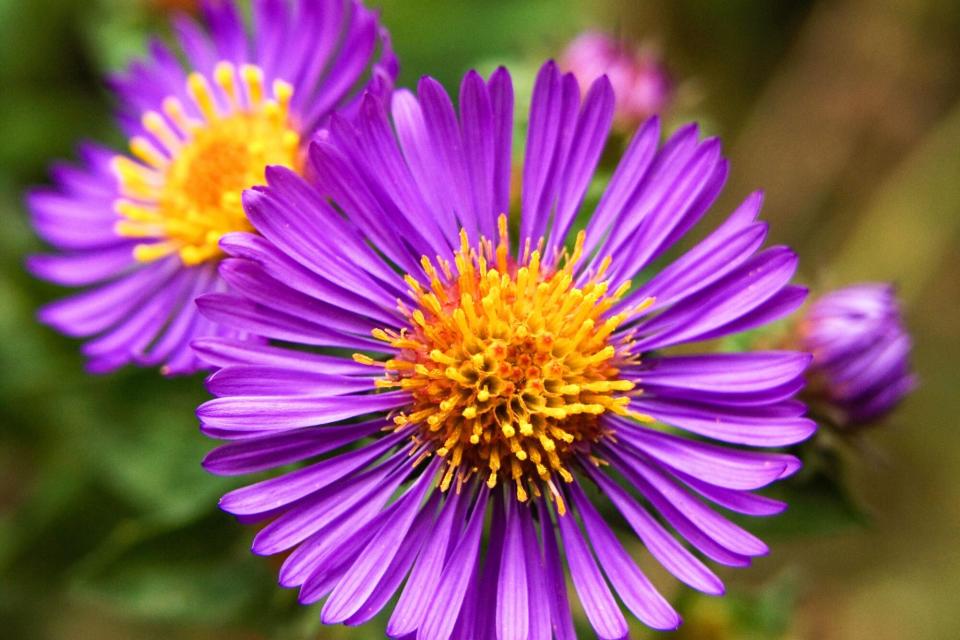10 Plants That Can Thrive in and Even Improve Compacted Soil
TABLE OF CONTENTS
On This Page
What Is Compacted Soil?
Signs of Compacted Soil
Why Soil Becomes Compacted
Side Effects of Compacted Soil
Plants to Grow in Compacted Soil
Many aspects of gardening are easy to control—like how much water your plants get and how often you fertilize—while other factors are harder to maintain. Unless you're using raised beds and filling them with commercial potting mix, soil quality is one element of gardening that is difficult to change.
Most plants need soil with pockets of air, which allows water to easily drain and prevents root rot. But if your yard has hard or compacted soil, you may find it challenging to successfully grow greenery on your property. Luckily, it's not impossible. Certain plants were built to withstand less than ideal growing conditions, like compacted soil.
Related: How Often You Should Change the Soil in Your Houseplants—and the Best Way to Do It
What Is Compacted Soil?
The best soil for plants should be 45 percent mineral matter, five percent organic matter, and 50 percent pores—with half containing air and half containing water. "When mineral particles are pressed together, reducing the spaces between the particles, soils become compacted," says Melinda Myers, gardening expert and host of the Great Courses How to Grow Anything DVD series. "Compacted soils have few large pores for exchanging gases including oxygen needed by roots and for providing drainage." While these soils are dense and strong, they're hard for plant roots to penetrate.
How to Know If You Have Compacted Soil
You may have hard or compacted soil in some areas of your yard and not others. "This most commonly happens in high-traffic areas of the landscape, whether from walking or playing," says Kristen Smith, rose evaluation manager of Star Roses and Plants. "You may have compacted soils if water pools on top of the surface and does not percolate into the ground." Another tell-tale sign of hard soil is having difficulty penetrating it with hand tools and small equipment.
Why Soil Becomes Compacted
Soil can become compacted for a handful of reasons. "Compaction occurs when heavy equipment is used on soils, when working soils get wet, and when rain falls on bare soil," says Myers. Tilling soil at the same depth every year can cause the soil beneath to become compacted.
Side Effects of Compacted Soil
If you try to grow non-hardy plants in compacted soil, they will likely have a difficult time thriving. "Without water sifting through the soil, plants are at risk for suffocation and will not receive the nutrients that they need to thrive," says Smith. Because hard soil is tough to penetrate, it restricts deep rooting systems and can cause shallow plant roots. "Seeds are slower to germinate and planting is more sparse and irregular than non-compacted soils," says Myers.
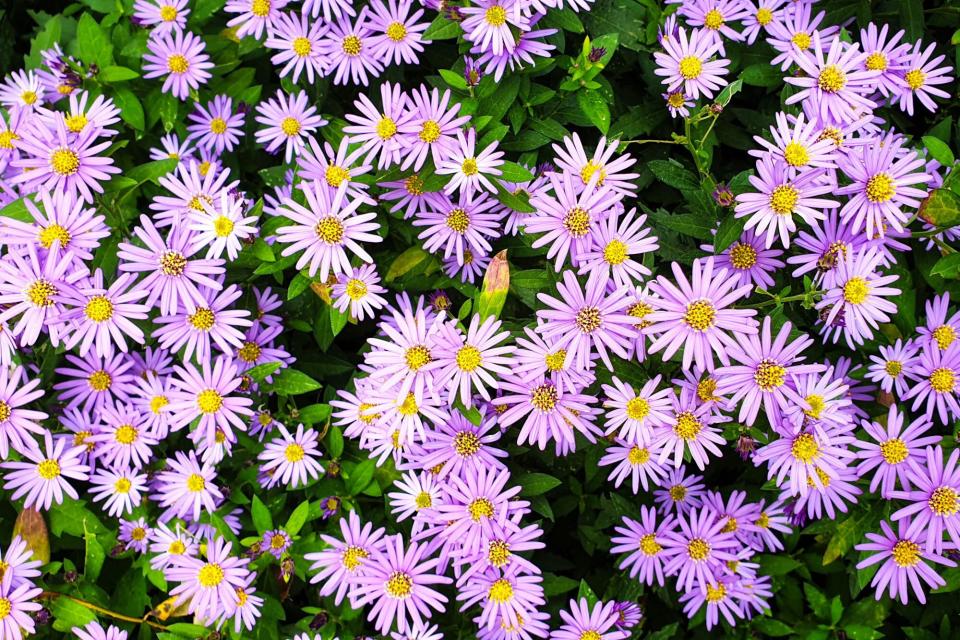
GETTY IMAGES
Plants That Grow in Compacted Soil
Despite having adverse effects on plants, some—primarily native—species can grow in compacted soil. Many plants tolerant of these conditions are not only able to survive the poor drainage and low air levels of compacted soil, but can also improve the soil's quality. "These plants push through compacted soil and air spaces form near roots due to the disruption of the compaction," says Myers. "As their old roots die and decompose, they add organic matter deep in the soil and also create pathways for water and air to infiltrate the soil."
Purple Coneflower
An eye-catching plant with a unique double flower form, purple coneflower provides the perfect pop of color to any landscape. "It boasts clean, attractive leaves and brilliantly colored blooms that are sure to catch the attention of anyone who sees them," says Smith.
Scientific name: Echinacea purpurea
Plant type: Herbaceous perennial
Growing zones: 4 to 9
Mature size: 3 to 4 feet tall x 1 to 2 feet wide
Growing conditions: Full sun to part shade; moist, well-drained soil

Bee Balm
Attract bees and other pollinators to your yard with bee balm. "It has showy, trumpet-shaped flowers in shades of pink, purple, or red that bloom from mid-summer to early fall," says Smith.
Scientific name: Monarda didyma
Plant type: Herbaceous perennial
Growing zones: 3 to 9
Mature size: 2 to 4 feet tall x 2 to 3 feet wide
Growing conditions: Full sun to part shade; moist, well-drained soil
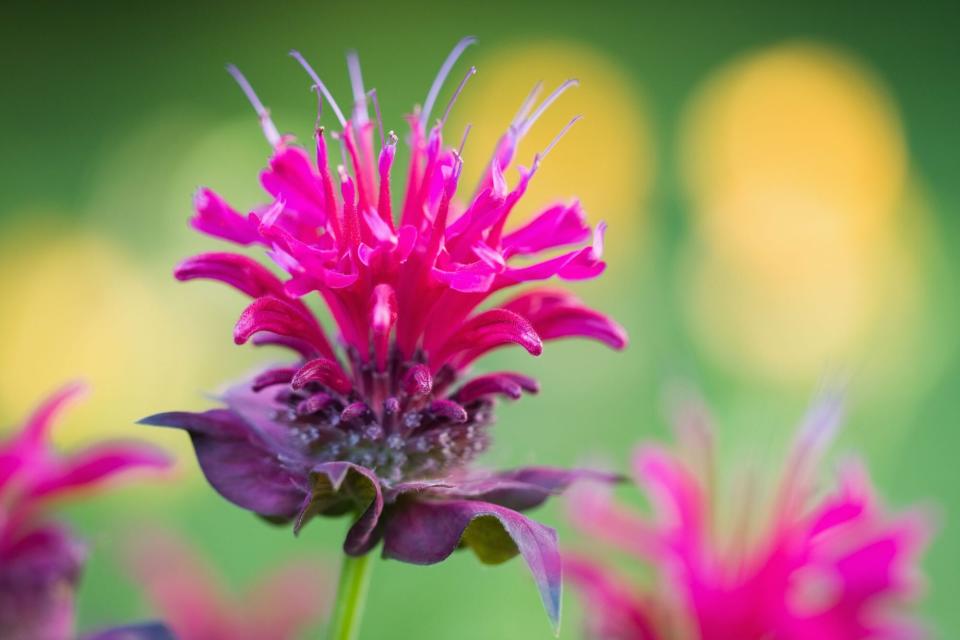
Little Bluestem Grass
If large patches of your yard have compacted soil, consider planting little bluestem in its place. "This small, clump-forming grass has attractive blue-green leaves that turn a stunning reddish orange in the fall," says Smith. "In the winter months, it produces fluffy silver seed heads that add an ornamental touch to the landscape."
Scientific name: Schizachyrium scoparium
Plant type: Ornamental perennial grass
Growing zones: 3 to 9
Mature size: 2 to 5 feet tall x 1 to 3 feet wide
Growing conditions: Full sun; medium to dry, well-drained soil

Bush Honeysuckle
A suckering shrub commonly grown on banks, bush honeysuckle is ideal for erosion control. It has green leaves in summer, which produce yellow or orange tinged flowers.
Scientific name: Diervilla lonicera
Plant type: Deciduous shrub
Growing zones: 2 to 7
Mature size: 2 to 3 feet tall and wide
Growing conditions: Full sun to part shade; moist, well-drained soil
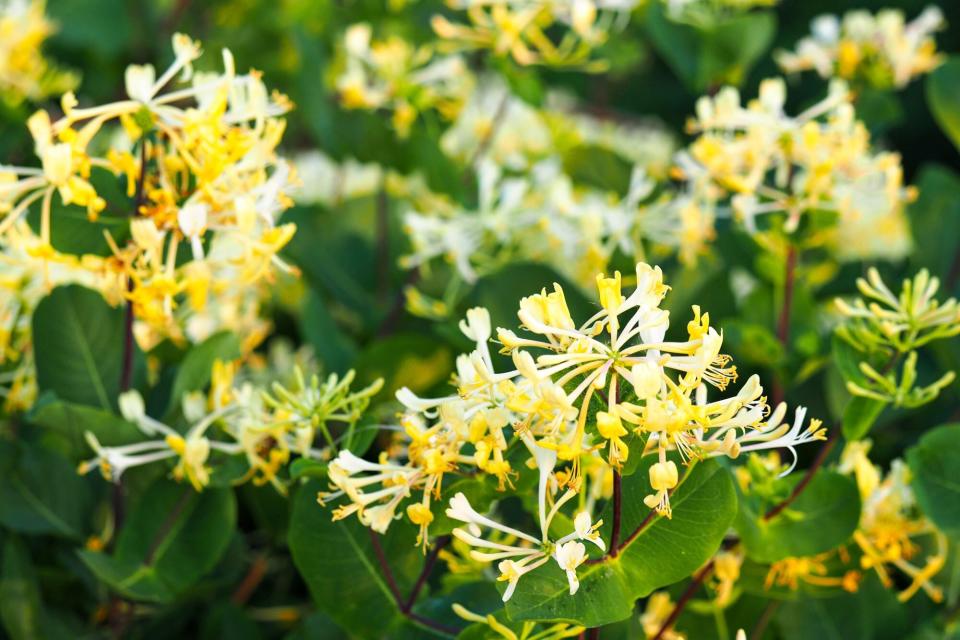
Blue False Indigo
A striking plant with purple, lupine-like flowers held atop tall spikes, this plant is a great choice for bringing height and color to the garden.
Scientific name: Baptisia australis
Plant type: Herbaceous perennial
Growing zones: 3 to 9
Mature size: 3 to 4 feet tall by 3 to 4 feet wide
Growing conditions: Full sun to part shade; medium, well-drained soil
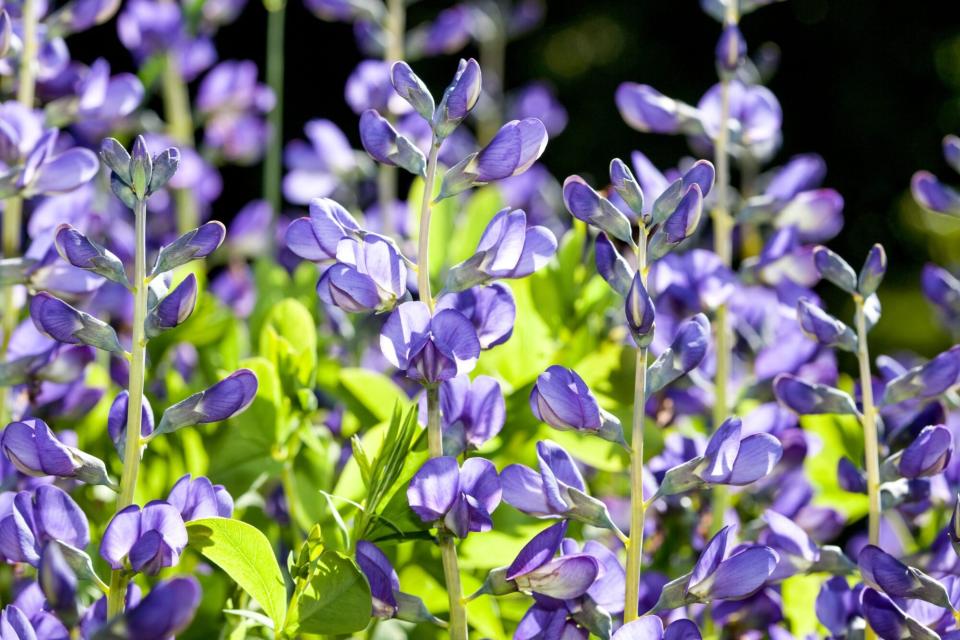
Ostrich Fern
Add texture and dimension to your yard with ostrich fern, a perennial known for its distinctive feathery appearance. "This plant gets its name from the fiddlehead-shaped unfurling of its leaves, which resemble the open plumes of an ostrich," Smith says.
Scientific name: Matteuccia struthiopteris
Plant type: Herbaceous perennial
Growing zones: 3 to 7
Mature size: 3 to 6 feet tall x 3 to 4 feet wide
Growing conditions: Full sun to full shade; acidic, moist soil

Blazing Star
Blazing star has colorful, feathery blooms that peek out through its grass-like foliage. "This plant is a popular choice for gardens and borders due to its striking appearance and long flowering period," Smith says.
Scientific name: Liatris spicata
Plant type: Herbaceous perennial
Growing zones: 3 to 10
Mature size: 3 to 6 feet tall x 3 to 4 feet wide
Growing conditions: Full sun to part sun; medium, well-drained soil

Common Lilac
A spring favorite, lilac is known for its lovely fragrance and beautiful blooms. It's an extremely hardy plant, which means it can withstand the tough growing conditions of compacted soil.
Scientific name: Syringa vulgaris
Plant type: Shrub
Growing zones: 3 to 7
Mature size: 8 to 16 feet tall x 6 to 12 feet wide
Growing conditions: Full sun; moist, well-drained soil

Bald Cypress
Bald cypress is a cone bearing plant with green needle-like leaves that turn golden-red in fall. "It forms knees for oxygen exchange in poorly drained soils," says Myers.
Scientific name: Taxodium distichum
Plant type: Deciduous conifer
Growing zones: 5 to 9
Mature size: 70 to 80 feet tall x 15 to 20 feet wide
Growing conditions: Full sun; acidic, moist soil
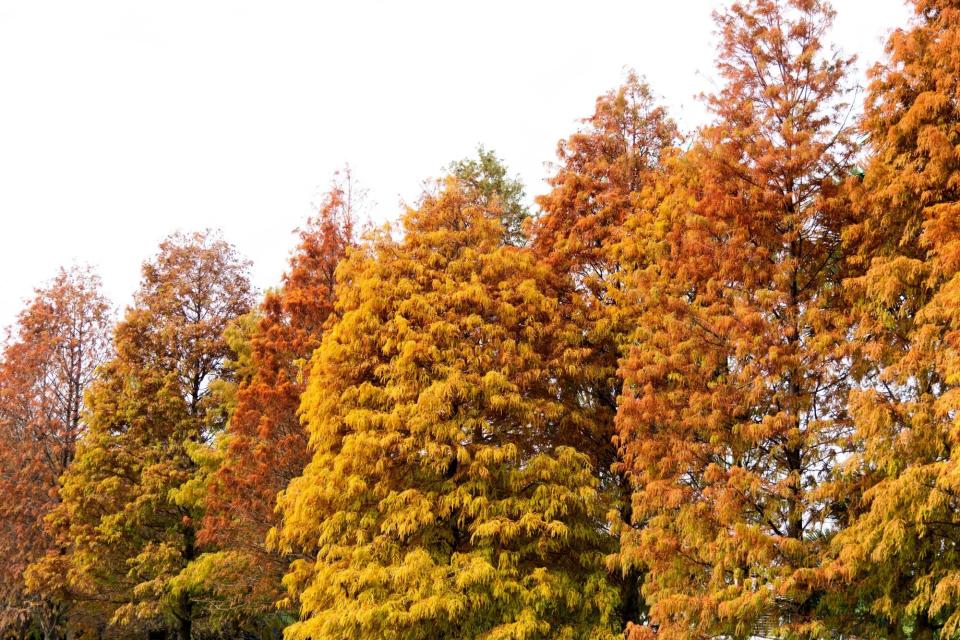
Purple Dome New England Aster
A perennial plant with small, daisy-like flowers that bloom in shades of purple, pink, or white, New England aster is a great choice for adding late-season color to the garden.
Scientific name: Aster novae-angliae
Plant type: Herbaceous perennial
Growing zones: 4 to 9
Mature size: 1.5 to 2 feet tall x 1 to 1.5 feet wide
Growing conditions: Full sun; moist, well-drained soil
